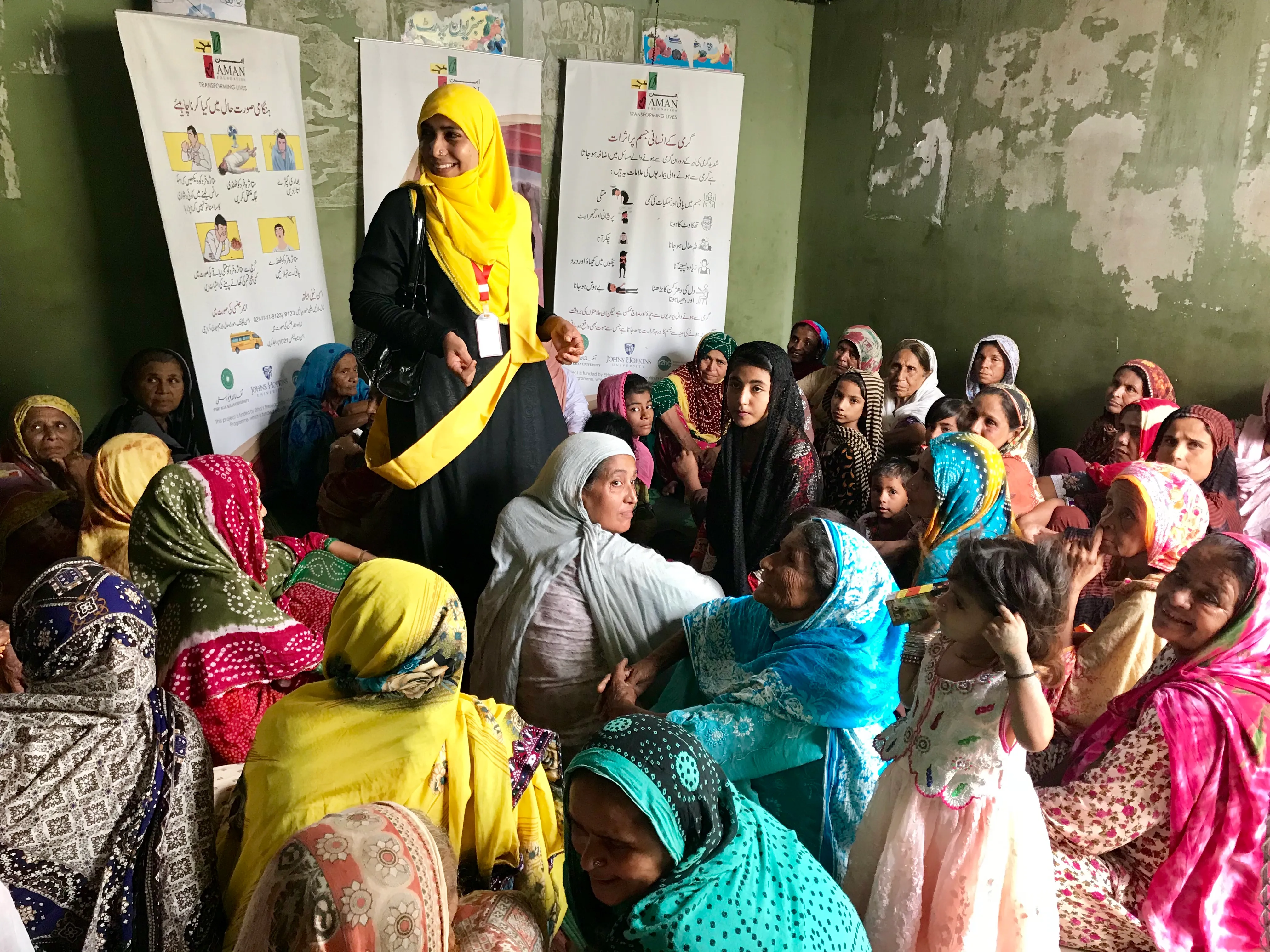Can bag-based sanitation be a solution for emergency response?

During the second stakeholder meeting of the GOAL-Sanergy project, we started to have conversations about appropriate incentives for the collection of waste from bag-based sanitation systems.
Bag-based sanitation options are still not widely used in rapid on-set emergencies. It seemed timely to have this discussion to avoid an uncontrolled scale up of such response methodologies without due consideration of what the implications might be when transitioning from emergency response to longer term development.
In the ongoing project, there is a very clear synergy between bag-based sanitation for emergency response and development-based solutions that operate on market principles. This is one of the key drivers for our current project. As both areas seem to be under-going development at the same time it will pay dividends to begin to draw the links between the two during these early stages of innovation.
The issue of incentives is relevant as we need to have some parallels between the two groups to enable the transition to take place, in a way that does not make the market-based development solutions unviable.
For example, during a rapid on-set emergency response humanitarian agencies might be inclined to offer incentives to households to ensure that bags are disposed of safely and to fund directly the costs of subsequent transportation, disposal and treatment. On the contrary market-based container solutions aim to cover these costs through user fees and sale of generated by-products. As a sector we should try and make sure that the incentives during emergency response support the aims of a potential market-based exit strategy.
There is also much to be learnt from cash transfer and voucher-based humanitarian response. If a suitable market-based model can be considered from the beginning it means those who are most vulnerable whilst we exit an emergency response can still be served with sanitation, via a voucher that is redeemable through a market driven container-based solution.
In March we will have our third stakeholder group meeting where Sanergy will present some initial design drivers for the development of FSM technology for use in emergencies. We will also continue to investigate these obvious synergies that exist.
Stay updated
Sign up for our newsletter to receive regular updates on resources, news, and insights like this. Don’t miss out on important information that can help you stay informed and engaged.
Related articles



Explore Elrha
Learn more about our mission, the organisations we support, and the resources we provide to drive research and innovation in humanitarian response.